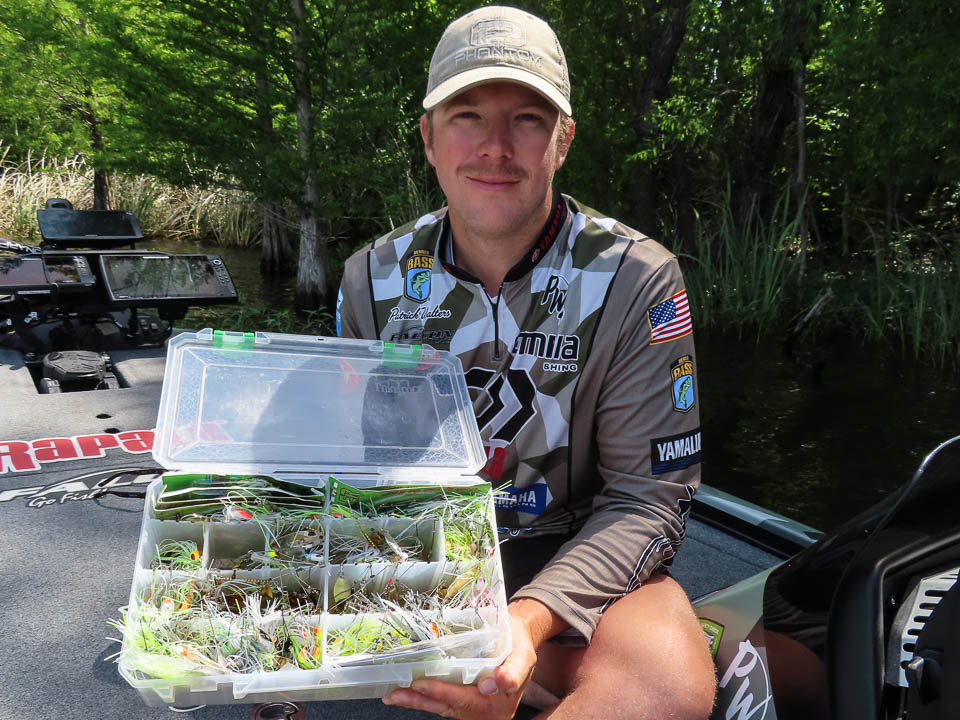
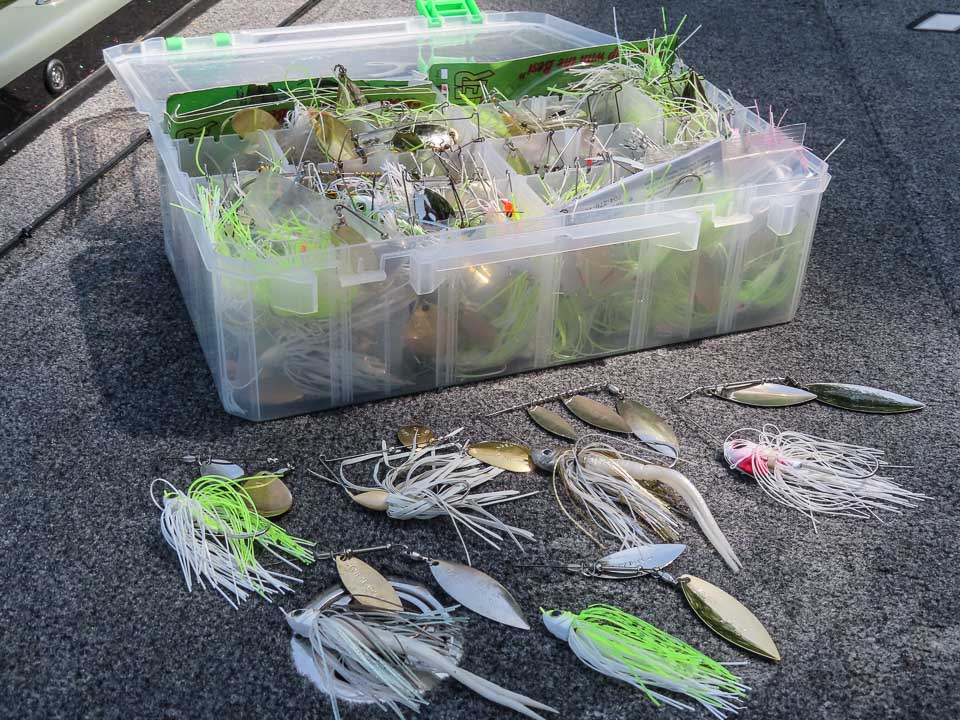

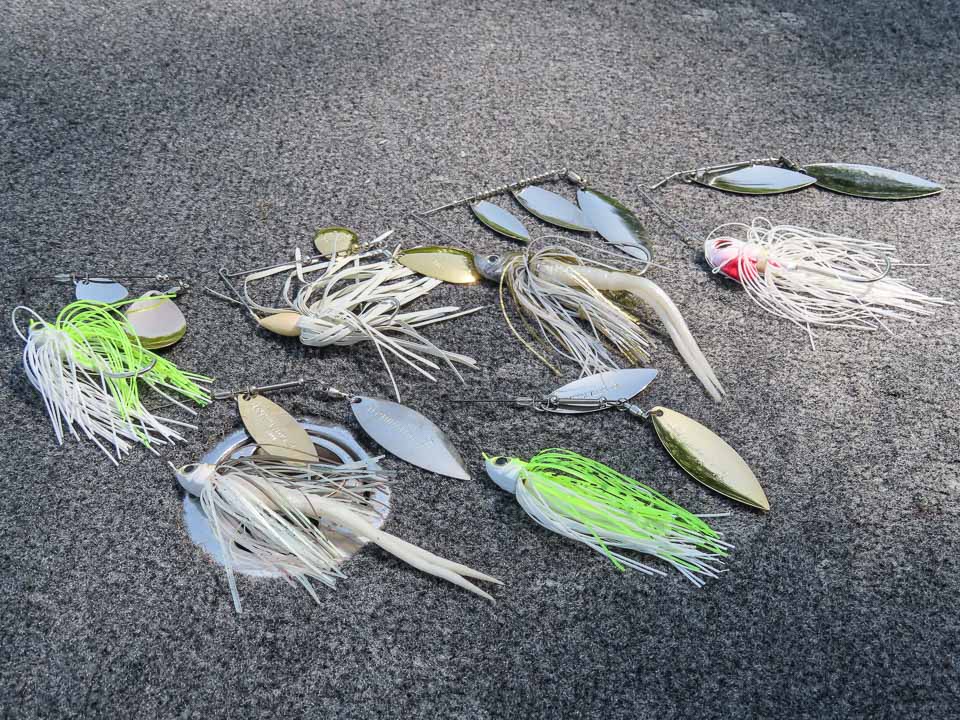
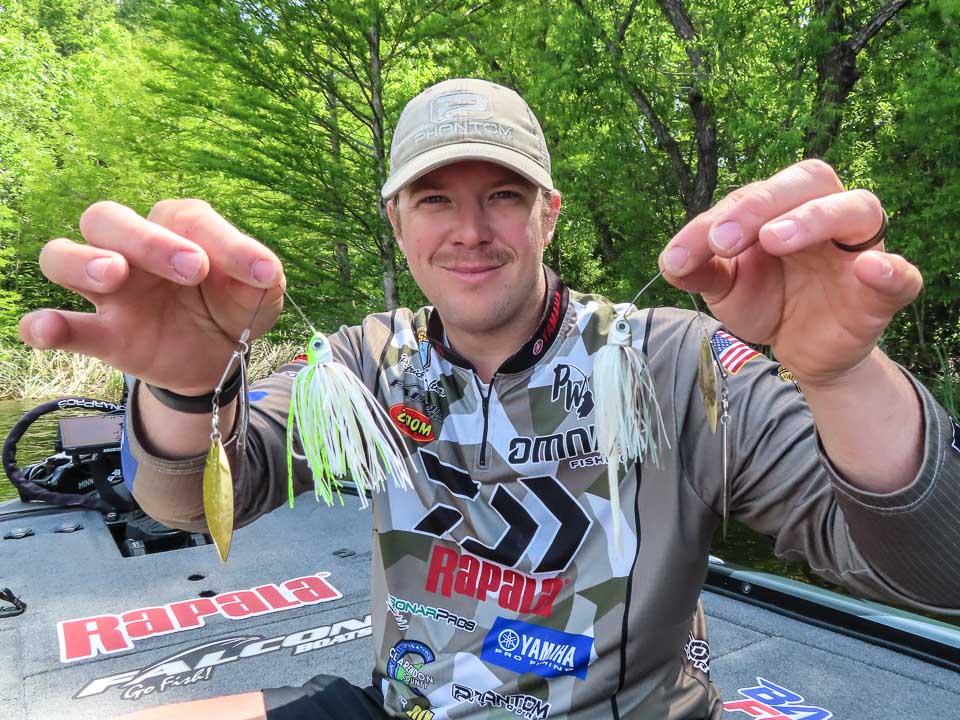
“This weight and the two different color combinations are my ‘everyday’ choices, and what I use the most,” Walters said, also noting the No. 4 and No. 4 1/2 blade sizes. “They are the most versatile in the lineup, with the willowleaf blades as the shade imitators.”



Walters prefers Colorado blade configurations for slower presentations, reasoning the wider, cupped blades displace more water in stained conditions. “The bass are feeding more by sound, than by sight, and that’s the benefit of the Colorado blades over the willowleaf variants,” he said.
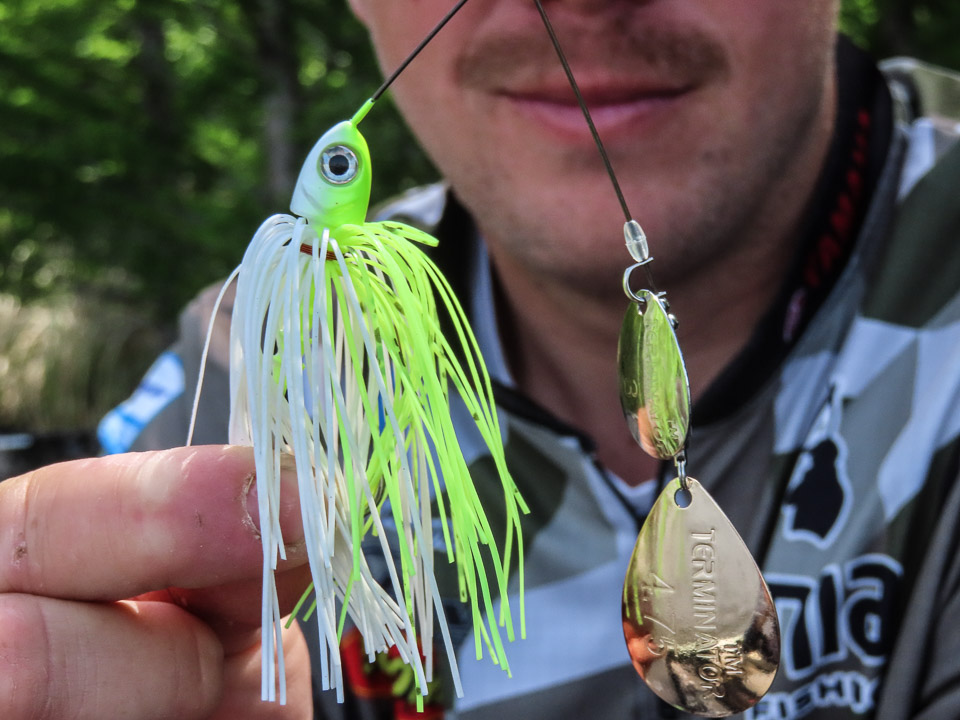
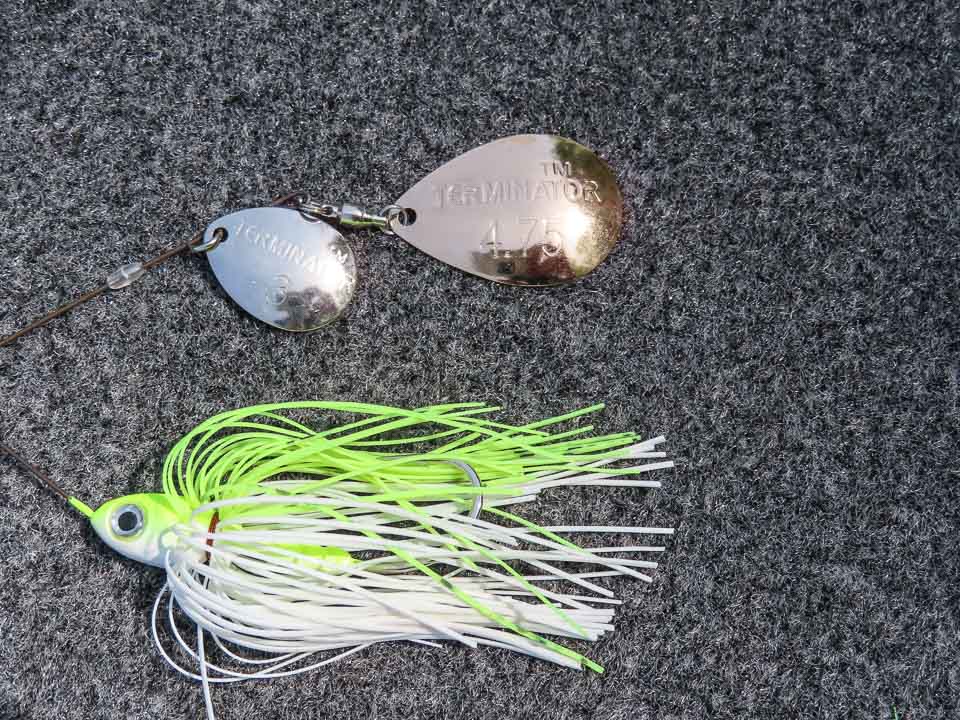
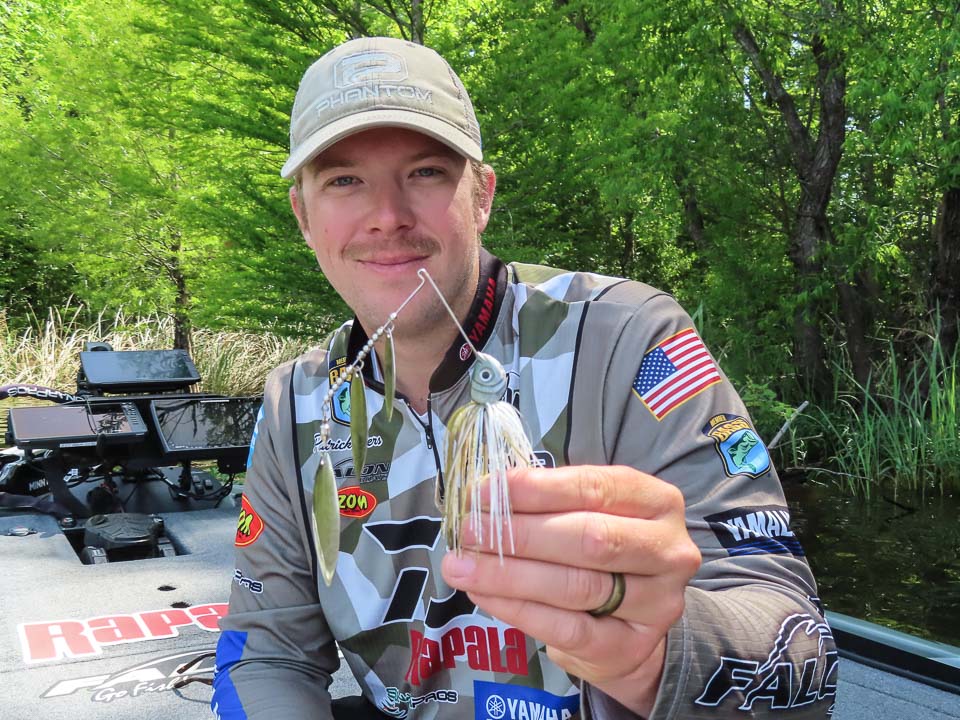
“You don’t see a three-willowleaf blade combination that much, which is all the more reason to use it, especially in pressured situations,” Walters said.


Walters uses this model primarily for postspawn scenarios. “Fish it around transition areas where largemouth use deeper brushpiles, stumps, deep grassbeds as holding areas along those migration routes,” Walters said.
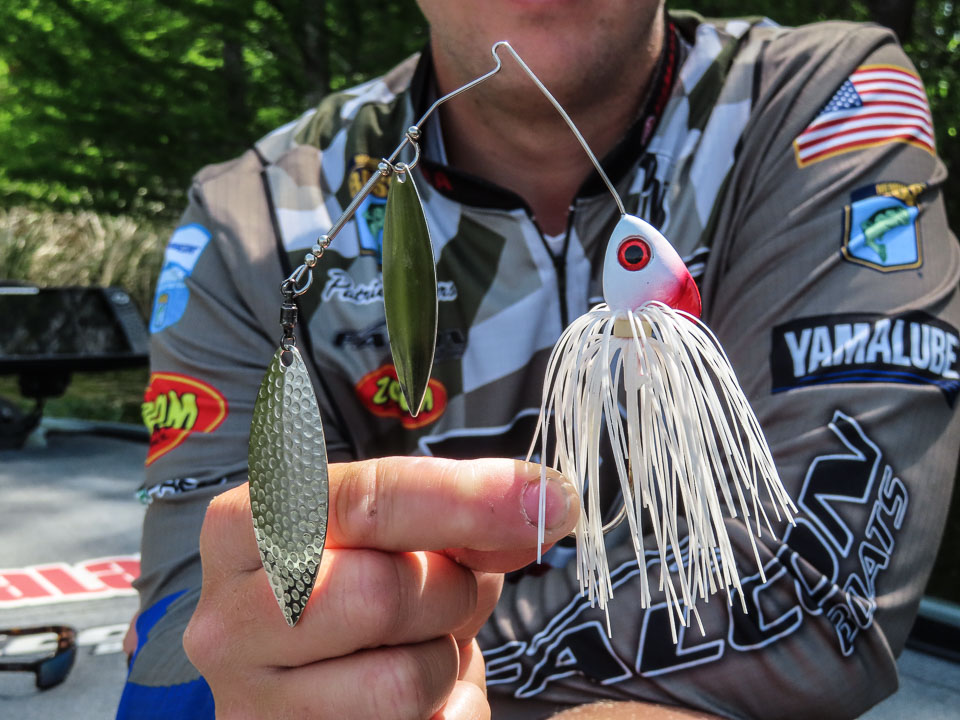

“You’ve got to have an old school, small profile spinnerbait,” Walters said. “This is my choice for finesse situations, when the bait profile is smaller and less aggressive than larger baitfish.”

